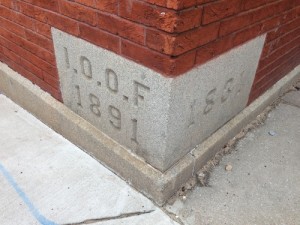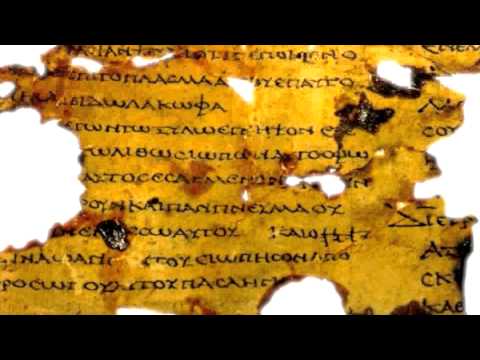I was not planning on writing about the KJV any time soon since I had just mentioned in it a post recently. However, no more than a few hours after I was accosted by a gentleman at a wedding who felt the need of convincing me the error of my ways, in not using the KJV. Naturally, as always, he had never translated Greek or Hebrew but somehow knew the KJV was a superior translation.
I don’t say that to be negative about this man because he was a very nice and genuine person. But it goes without saying that one should know how to translate the texts before engaging in a discussion of translation details. To be clear, I don’t really have an issue with the KJV. It’s with the KJVO movement that forces people to believe a clear fallacy about Bible translations. If you want to read the KJV out of preference then that’s fine, but don’t force others to under the guise of superiority.
The other reason I decided to write this is because there are so many great resources on this topic but so many of them are scattered around on various websites and not many of the KJV translation errors can be found in an exhaustive list. I will make a blog series link to the entries on the main menu.
Matthew 21:42 (What kind of stone?)
Jesus said to them, “Have you never read in the Scriptures: “‘The stone the builders rejected has become the capstone; the Lord has done this, and it is marvelous in our eyes’? (NIV 1984)
Jesus saith unto them, Did ye never read in the scriptures, The stone which the builders rejected, the same is become the head of the corner: this is the Lord’s doing, and it is marvellous in our eyes? (KJV)
Until recently, I was unaware that KJVO readers had an issue with the NIV on this particular passage. Apparently, the 1984 NIV translation. The issue seems to be in the translation of “κεφαλὴν γωνίας” which literally means “head corner/angle.” It could also be “chief corner” or “superior corner.” However, nowhere in the sentence does “stone” appear because that is implied in the passage from the previous sentence.
So, which translation is right?
Neither. Neither translation is correct which is why the NIV changed the passage in the next revision to “cornerstone.” The last translation by the NIV is today’s preferred translation for most English Bibles. But why? Why is the old NIV and all KJV translations of this wrong?
- The KJV has improper grammar. In fact, Alexander the Great is rolling over in his grave at this translation. The two words “of the” in the middle of “head of the corner” does not appear in any Greek text. The Textus Receptus, which is the Greek version used in 1611 has the same Greek phrase as all the others (“κεφαλὴν γωνίας”). The word “κεφαλὴν” is an accusative noun. That means that it’s accusative counterpart “γωνίας“ is a simple 2 word noun. Adding, “of the” would require both “κεφαλὴν” & “γωνίας” to be in the genitive case, which indicated possession, ownership, or belonging.
-

Cornerstone of the building done for the Independent Order of Odd Fellows, I.O.O.F. The 1984 NIV translation tries to correct the KJV by translating the words in the proper case and as nouns. The literal rendering of “κεφαλὴν γωνίας” is “chief corner/angle” However, κεφαλὴν can also be translated as top or head. In fact, it is more often (85%) translated as head, like in the beheading of John the Baptist (Mark 6). Thus, one would naturally ask; what is the “head corner?” Or should it be translated as the “top angle?” Both are correct translations.
The head corner could be the stone on top of a building such as the capstone on the ancient buildings. However, in this 1984 NIV case the translation of capstone is not accurate since capstones were more likely to be on a pyramid than an Greco-Roman building. The only structures in Jesus’ time and location with capstones were arches. The stone at the top of the arch was also called the capstone. But that would never be described as the chief corner because arches were rounded.
It is much more likely that the chief corner is referring to the stone that is used as the master corner. It was the most finely carved and usually the largest. The stone would be placed first and the other stones laid in and lined up with the master stone. If that stone is not correctly laid or hewn then the building would be off.
In summary, the NIV did not translate the words incorrectly, but rather, they just missed the mark on building terminology. That is why the update after 1984 changed to cornerstone which indicates that it’s the most important stone in the building.

2 thoughts on “Translation Errors In The KJV: Matthew 21:42 (What kind of stone?)”